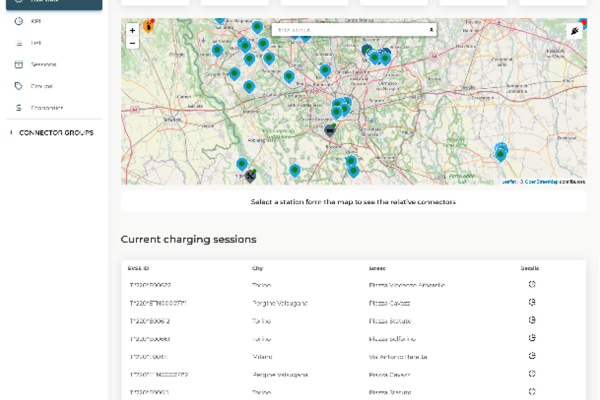THINKING of getting a hybrid as your next company car?
Then it’s best to fully understand just what a hybrid is.
It almost always refers to a petrol-electric combination where the vehicle uses electricity stored in batteries and petrol. These usually charge their own batteries using the petrol engine.
It may be that is all the petrol engine does – charge the batteries to power the electric motors. In other types, the petrol motor drives the wheels directly, but an additional battery/motor combination adds some electric drive.
Generally, hybrids run on electric up to a certain speed – typically 20-30mph – before the petrol engine cuts in powering the car and adding charge to the batteries.
This means that in congested cities and traffic jams, the car can bumble along for a period of time on its electric power until the charge runs out.
Not to be confused, then, with plug-in hybrids (PHEVs) and these can be plugged-in to the national grid via a cable, as with an electric car.
The PHEV uses the electric motor as the main power source, and uses the internal combustion engine as a type of generator, which kicks in when the battery reaches a predetermined state of charge (SOC).
The main difference between a hybrid and a PHEV, is the way in which the vehicle is electrically powered. A hybrid creates its own electricity through regenerative braking systems, while a PHEV a plugged directly into the electric grid.
However, there is no requirement to plug the car in and many owners chose not to although using the engine to charge the battery each time can have an adverse effect on fuel consumption.
This will charge the car’s batteries, enabling some electric-only range of between 20 and 40 miles and so reducing the amount of petrol used over longer journeys.
This in turn reduces the cost per mile as well as the overall exhaust emissions of the car.
So, what’s the benefit of hybrids for SMEs and fleet managers?
With lower running costs and reduced emissions a switch to electrified cars should be an easy decision for any SME.
As well as fuel savings when running on electric power, there also an effect on emissions which in turn has an effect on Benefit in Kind tax rates, congestions charges and low emission zone charges.
Making the switch to electrification can deliver significant savings for SMEs, although financials are not the only benefit.
SMEs also have the opportunity to make a substantial contribution to UK emission targets and their own sustainability goals, as the evidence shows 700,000 UK motorists would make the switch to electric if given the chance by their employers.
What to choose? How about the BMW 330e which has just won the best hybrid category at the 2020 Business Motoring Awards.
As we have already said, if you’re looking to cut your tax and reduce your benefit in kind payments then hybrid is one way to go.
You can also go for performance along with green credentials which is what appealed to the judges in voting for the BMW 330e.
It features what BMW calls XtraBoost that bumps the combined power output up to 289bhp for short periods and 50% greater electric-only driving range.
The system combines BMW’s 2.0-litre, four-cylinder turbo petrol engine with an electric motor plus an eight-speed Steptronic automatic gearbox.
The Xtraboost is an element of the BMW’s Sport driving mode settings, and is activated selecting this and then hitting the accelerator.
The jump to 289hp is delivered via grabbing an additional 40hp out of the electric motor, providing the sort of performance that BMW drivers appreciate.
The 330e also has a great chassis to make the most of the power which provides a 0-62mph time of just 5.9sec.
Even with all this, the car is still able to drive up to 40-odd miles on electric power alone.
There are various ways built in to help make the most of the hybrid system. You can set a guide percentage of battery life you’d like to retain.
This allows you to save the charge for low emissions zones or crawling in traffic.
Official fuel economy for the 330e is a claimed 138mpg, with CO2 emissions of 39g/km and the model is available in SE, Sport and M Sport specification, just like the rest of the UK range.








